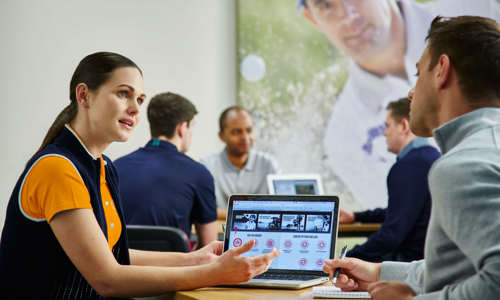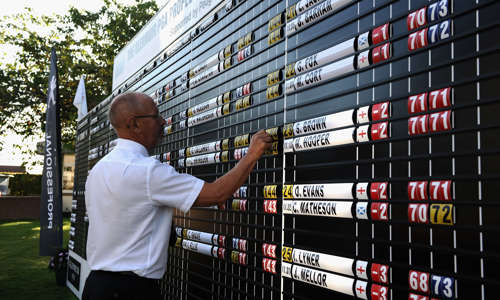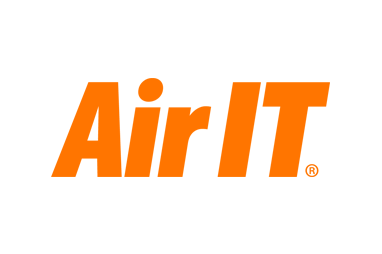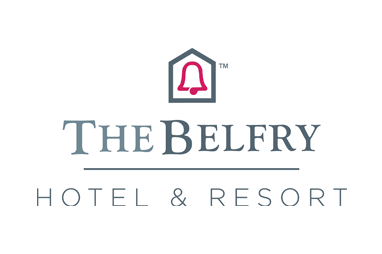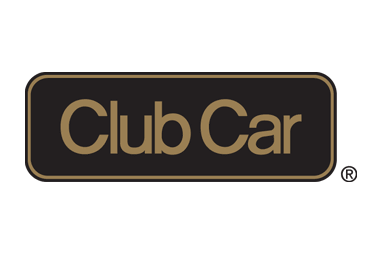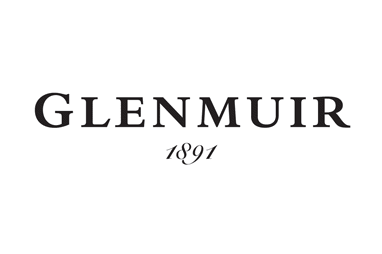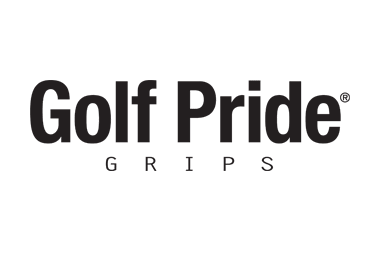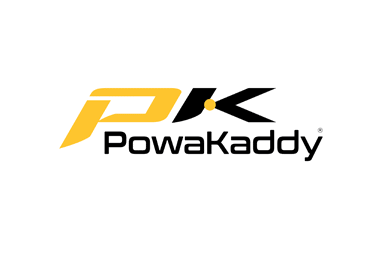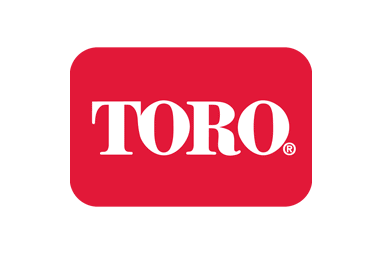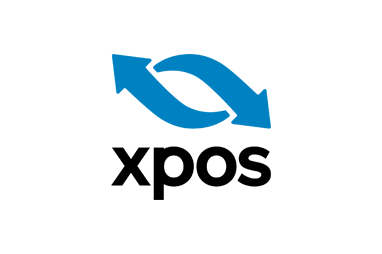Andrew Whitelaw talks about the journey that has taken him from being an apprentice in Scotland to his current role as general manager of Aronimink Golf Club – one of America’s foremost private members’ clubs and host venue for the 2026 US PGA Championship – and reveals what he has learned along the way.
How did you first discover golf?
I lived right next to Longniddry Golf Club in Scotland, so it was natural for me to take up the game. We had an amazing junior section with six of us from the same age group all becoming PGA Professionals. The competition and the camaraderie in the group was certainly a major factor in me choosing to set out on the path to becoming a PGA Professional.
What attracted you to working overseas in the first instance? I grew up and had my primary school education in the Far East, moving home for senior school when I was 11, so I had always travelled and the lure and excitement of doing this again was in my blood and was always something I wanted to do.
What qualities do you think got you the job at Aronimink? From my conversations with the club’s board, they were very keen to leverage my international experience, my experience of hosting professional tournaments and my passion and experience in building team culture and service excellence. This was key in terms of my fit for the club and vice versa.
What is the management structure of the club? During the peak season, we have a team of over 220, reducing to 120 in the offseason. I have 10 direct reports who have departmental management support, including our management-in-training programme. I report to the president of the club, and we have a number of club committees, typical to US clubs. All the parts work in sync with each other.
What does a typical working day involve?
We are entering phase two of our redevelopment programme, so currently my day starts with a meeting with the architect, builder and owner’s representative. I have a monthly breakfast with a group of members to talk about plans and what is going on at the club, which has helped me get to know so many members. No two days are ever the same, but making time to meet and talk with members is a constant every day.
What are the most rewarding and the most challenging aspects of your job?
Over the last two years, we have recruited a dynamic team, and the mentoring, training and development has been really rewarding. It’s been great to see the team bond and develop together.
The biggest challenge now is time management – with the new season, our next project getting underway, planning for The PGA and budget time alongside the day-to-day running of the club and being available for the membership, the days absolutely fly by!
What qualities do you look for when hiring a PGA Professional for a role?
As a professional, I always look for colleagues with a passion for playing the game and building relationships, which is crucially important in terms of member relations. I also think it is important to continue to develop professionally, to be innovative and not be afraid of change.
What are the most important technological and management tools that you rely on?
I am a great believer in using technology for effective business management. Our club management software is key to optimising our budgetary, financial and operational planning and management. Our service survey platform, Happometer, shows us where we are excelling and where we need more focus. The data from these surveys shapes our training and allows us to reward our high performers.
What do you know now that you wish you’d known when you first started out?
I’ve always tried to challenge myself to learn and improve even when I wasn’t sure where it would lead. Try to imagine yourself 20 years from now, set the bar high and don’t stand still, keep learning, keep networking, don’t be afraid of change, keep moving towards the goal, and remember to have fun along the way!


